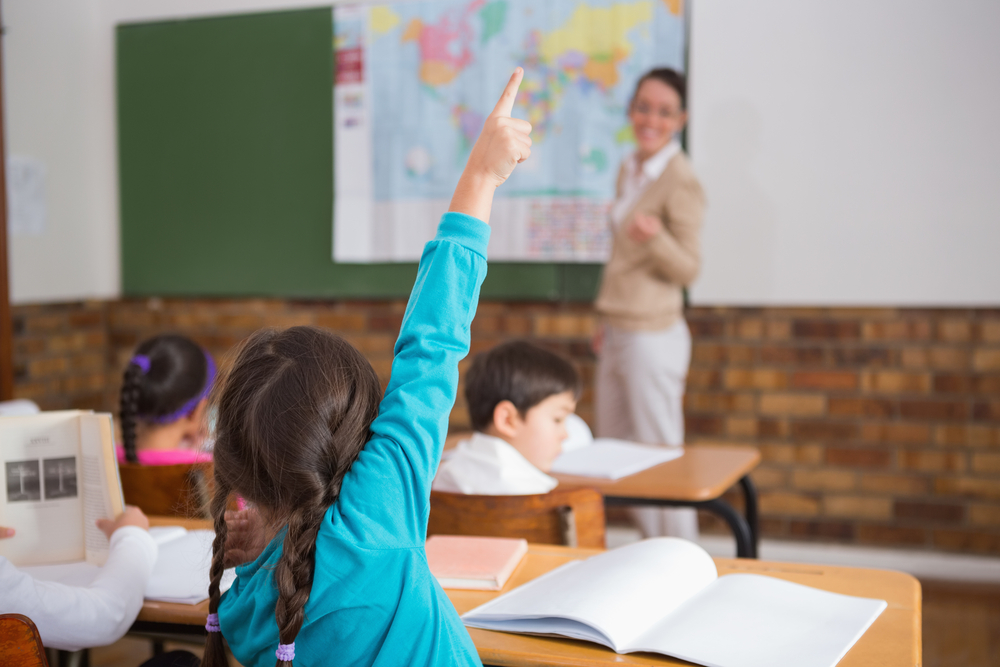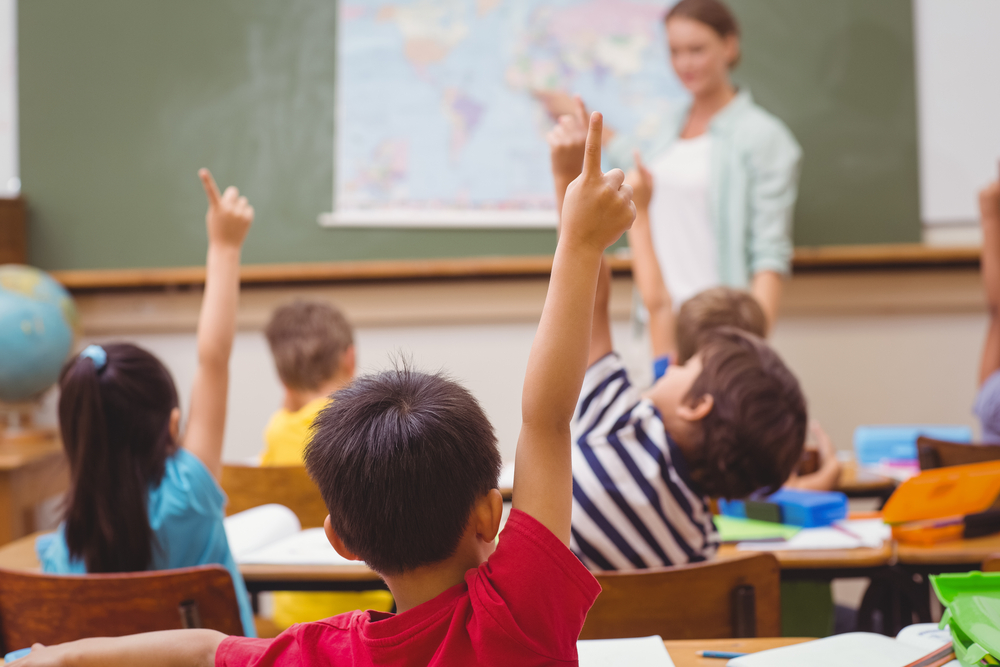What is Pupil Premium Plus and How to Spend it?
At the heart of education policy is the mandate for every child to achieve their potential and enjoy learning - however, evidence shows that children from disadvantaged backgrounds face more difficulties in reaching their full potential at school. Pupil Premium (PP) and Pupil Premium Plus (PP+) are funding initiatives introduced to target disadvantaged pupils and level up the playing field.
Here, we give an overview of PP+ and look at how schools can spend it effectively to ensure the best possible educational outcomes are achieved.
What is Pupil Premium Plus?
PP+ is additional educational funding given to schools or virtual schools for children who are ‘looked after’ or in care, plus those children previously looked-after.
Funding for this cohort of children was originally covered by the Pupil Premium, but it was soon recognised that this group had additional needs due to gaps in learning and life experiences impacting their ability to learn. PP+ increased the funding for ‘looked after’ children and came into effect in 2014. Pupil Premium Plus Funding 2023-24 stands at £2,530 per eligible child.
What defines a ‘looked after’ child?
Under the Children Act 1989, children are legally defined as ‘looked after’ by a local authority if they are:
- provided with accommodation for a continuous period for more than 24 hours
- subject to a care order; or
- subject to a placement order
Who is eligible for Pupil Premium Plus?
PP+ is available to pupils from reception age to Year 11 in state funded education in England who:
- are in local authority care in England
- have been adopted from care in England or Wales
- left care under a Special Guardianship Order (SGO)
- left care under a Child Arrangements Order (formerly a Residence Order)
Pupils must be attending either:
- A local authority maintained school or maintained special school
- An academy or free school
- A non-maintained special school, an independent school and other alternative provision (e.g., home educated) where the place or provision is funded by the local authority
How is the money devolved and who decides how it is spent?
PP+ funding is provided by the Department for Education (DfE) and devolved to schools and education providers via the Virtual School. However, PP+ for previously looked after children is allocated directly to and managed by the school (not the Virtual School) - and the onus is on the parent, carer or guardian of the child to make the school aware of the child’s status.
How PP+ is spent is decided by the school and it isn’t ring fenced for individual pupils. Rather, the funding goes into a collective pot to be allocated in the ways the school feels would benefit this group of children.
The Virtual School (a multi-agency team consisting of a virtual head teacher, assistant head, Fostering Education Liaison Officers (FELOs), Education Support Officers, Progression Advisors, Support Officers and Education Welfare Officers) provides advice and information to schools on how to make the best use of the grant.
How does Pupil Premium Plus have a positive impact?
Children with a history of early life trauma often experience difficulties that can present a range of challenges in education. Effective use of the PP+ funding can have a positive impact upon this.
As well as addressing academic needs, social and emotional needs must also be considered. Ensuring teaching and support staff have sufficient training with regards to attachment and developmental trauma will help schools to find the best ways to support children who have these needs.
It is wise for schools to take advice from relevant bodies, such as PAC-UK, the largest adoption support agency in England. PAC-UK’s specialist education team offer a range of services to ensure education and social care professionals support young people in their educational journey.
It is also important to understand these two key pieces of legislation:
- The designated teacher for looked after children or previously looked after children: Statutory Guidance 2018
- Keeping children safe in education: Statutory Guidance for Schools and Colleges 2019
A child’s Personal Education Plan (PEP), a format used for children in care, is an important starting point. It is here that the views of the child, parents, school and social worker (if they are involved) are collated and used to inform schools how the PP+ should best be utilised to ensure adequate support to that particular child.
The effective use of PP+ requires short-term, aspirational SMART targets (Specific, Measurable, Achievable, Realistic, and Timely), which should be reviewed within the child’s termly PEP with clear reference to measurable outcomes.
How to spend Pupil Premium Plus: what interventions have been shown to work?
Statutory guidance states that pupil premium interventions should be evidence based and in the best interest of the child.
Darren Martindale is the virtual school head for ‘looked after’ children at City of Wolverhampton Council. He advises against using PP+ funding for things like school uniform, lunches or transport to school. Effective spending should target the specific needs of the child and support the continuing professional development (CPD) of the teaching team. “Emotionally intelligent approaches such as emotion coaching and restorative practice are not only effective de-escalation techniques but also support pupils’ preparedness for learning,” he says.
Martindale also recommends effective strategies to help pupil resilience, which can include behaviour modelling, reflective skills, buddying, circle time or Circle of Friends, and argues that sustaining successful outcomes is all about balance and maintaining an inclusive pedagogy that is nuanced, consistent, flexible and responsive.
In addition, the PAC-UK Pupil Premium Plus Service Guide suggests schools focus the funding on the following key areas:
- Nurture and relationships
- Social skills and peer relationships
- Emotional literacy and emotion regulation
- Coping with transitions and change
- Developing a child’s executive functioning skills
- Addressing barriers to information sharing and joint working
The Education Endowment Foundation (EEF) Teaching & Learning Toolkit identified tuition (in small groups or 1:1) as one of the more effective (and cost-effective) interventions.
Research by Adoption UK also found that adopted pupils could be up to 20 times more likely to be excluded. Inclusion should, therefore, play a significant part in any PP+ strategy. According to Adoption UK, successful interventions have included:
- Using PP+ to pay for a child’s therapist to come into school and train members of staff
- Providing training in attachment and trauma for all school staff
- Funding a key person to ‘meet and greet’ a child with severe separation anxiety at the start of the school day
- Enabling a teenager to participate in extra-curricular sporting activities that boosts self-esteem
- Putting ‘drawing and talking’ in place for an adopted 6-year-old who carries a lot of anxiety
Instead of trying to provide blanket solutions, small individual interventions can be incredibly effective. For example, maybe a child needs a quieter place to eat their lunch as the hall is too noisy and overstimulating.
Planning ahead
Pupil Premium spending plans are due for publication every December. Interventions should be planned well ahead of this deadline. Headteachers, virtual school heads, senior leadership teams, pupil premium leads and designated teachers should have an in-depth understanding of how to add value while delivering outstanding interventions.




